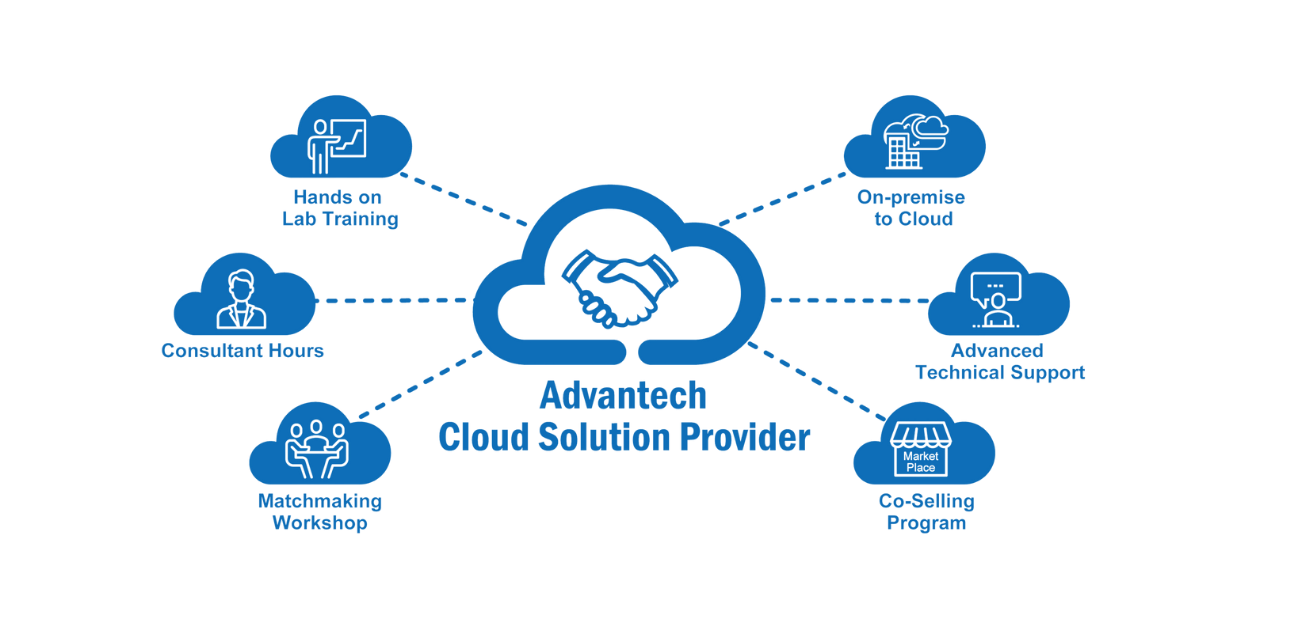Increase Your Online Existence with LinkDaddy Cloud Services: Efficient Methods for Cloud Services Press Release
Increase Your Online Existence with LinkDaddy Cloud Services: Efficient Methods for Cloud Services Press Release
Blog Article
Simplify Your Facilities With Cloud Solutions
As companies browse the ever-evolving landscape of innovation and information administration, the role of cloud services in simplifying infrastructure has actually become progressively noticeable. Exactly how can businesses efficiently navigate this transition and absolutely open the possibility of cloud solutions for streamlining their framework?
Advantages of Cloud Solutions
Cloud services offer a structured strategy to managing IT facilities, providing businesses with cost-efficiency, scalability, and versatility. One of the key advantages of cloud services is the scalability they provide.
Additionally, cloud services remove the requirement for services to purchase pricey software and hardware. This cost-efficiency is a significant benefit, particularly for small to medium-sized ventures wanting to reduce upfront costs. By utilizing cloud services, companies can access high-quality IT resources without the large rate tag connected with standard facilities arrangements.
Additionally, cloud solutions supply services with the flexibility to access their information and applications from anywhere with an internet connection. This degree of ease of access enhances partnership amongst teams, allows remote job, and raises total performance. The versatility supplied by cloud solutions encourages services to adapt rapidly to changing market conditions and consumer needs.
Price Savings and Scalability
Along with the operational advantages highlighted previously, the integration of cloud services into a company's facilities produces substantial expense financial savings and boosted scalability. Cloud services provide a pay-as-you-go model, allowing businesses to range resources up or down based on existing requirements, consequently avoiding the prices related to preserving excess capability. This versatility allows companies to adjust promptly to rising and fall needs without sustaining unneeded expenditures.
Moreover, cloud services remove the demand for upfront investments in hardware and software application, minimizing funding expenses. Overhead are likewise decreased as companies no longer require to take care of and preserve physical web servers, resulting in reduced power usage and IT staffing prices. Additionally, cloud services give automated updates and upkeep, ensuring that the framework continues to be current and protected without needing hands-on interventions.
Boosted Protection Procedures
When integrating cloud services right into a business's infrastructure to make sure and protect sensitive data compliance with market policies,Executing stringent safety procedures is vital. Cloud company provide improved security features such as information encryption, firewall protection, and multi-factor authentication to alleviate cybersecurity risks. Encryption assists safeguard information both at remainder and en route, making certain that only accredited users can access delicate info. Firewall programs act as an obstacle between inner networks and external dangers, monitoring and controlling incoming and outward bound network website traffic. Multi-factor verification adds an additional layer of protection by requiring individuals to supply multiple types of confirmation before accessing the cloud solutions.
Furthermore, regular security audits and conformity assessments help make certain and identify susceptabilities adherence to industry standards. Companies can likewise profit from features like automated safety updates and his response real-time threat tracking given by cloud provider. By prioritizing safety and security measures and remaining aggressive in addressing prospective threats, organizations can confidently take advantage of cloud solutions while protecting their valuable data from unapproved access or breaches.
Transitioning to Cloud Facilities
To effectively integrate cloud solutions into a business's facilities, a structured method that addresses the shift towards cloud-based solutions is essential. Transitioning to shadow facilities entails mindful planning and execution to make certain a smooth migration process. The very first step is to assess the present infrastructure and identify which systems and applications appropriate for my company migration to the cloud. This analysis should think about elements such as data level of sensitivity, compliance requirements, and performance demands.
When the evaluation is complete, a migration technique ought to be developed. This approach ought to detail the timeline, resources, and responsibilities for moving each part to the cloud. It is vital to connect this plan plainly to all stakeholders to ensure positioning and reduce disturbances throughout the change.
Throughout the movement process, testing and tracking are essential to identify and address any issues without delay. Normal checkpoints ought to be established to track development and make necessary adjustments. Furthermore, training for employees on using cloud services must be given to make certain an effective shift and maximize the advantages of the brand-new framework.
Best Practices for Cloud Fostering
Successful fostering of cloud solutions rests on the critical positioning of company purposes with technological abilities and business preparedness. To make certain a smooth change to the cloud, organizations ought to start by carrying out a thorough analysis of their present facilities and recognizing which workloads are best suited for cloud movement. It is essential to include key stakeholders from different divisions in the decision-making procedure to get buy-in and deal with any kind click for more info of issues at an early stage.
An additional ideal method for cloud adoption is to focus on security and compliance. Organizations should meticulously evaluate the safety and security steps provided by cloud solution companies and guarantee that their data is protected according to industry standards and regulative needs. Executing durable data file encryption, gain access to controls, and normal safety audits can assist mitigate dangers connected with cloud adoption.

Final Thought

As businesses browse the ever-evolving landscape of modern technology and information administration, the function of cloud services in simplifying facilities has actually come to be progressively popular - cloud services press release. Exactly how can businesses efficiently browse this transition and absolutely unlock the potential of cloud solutions for streamlining their facilities?
Cloud solutions provide a structured approach to handling IT framework, giving services with cost-efficiency, scalability, and versatility. By making use of cloud solutions, organizations can access high-grade IT resources without the hefty price tag associated with typical framework arrangements.
To make sure a smooth shift to the cloud, organizations should start by conducting a thorough assessment of their existing framework and determining which workloads are best matched for cloud movement.
Report this page